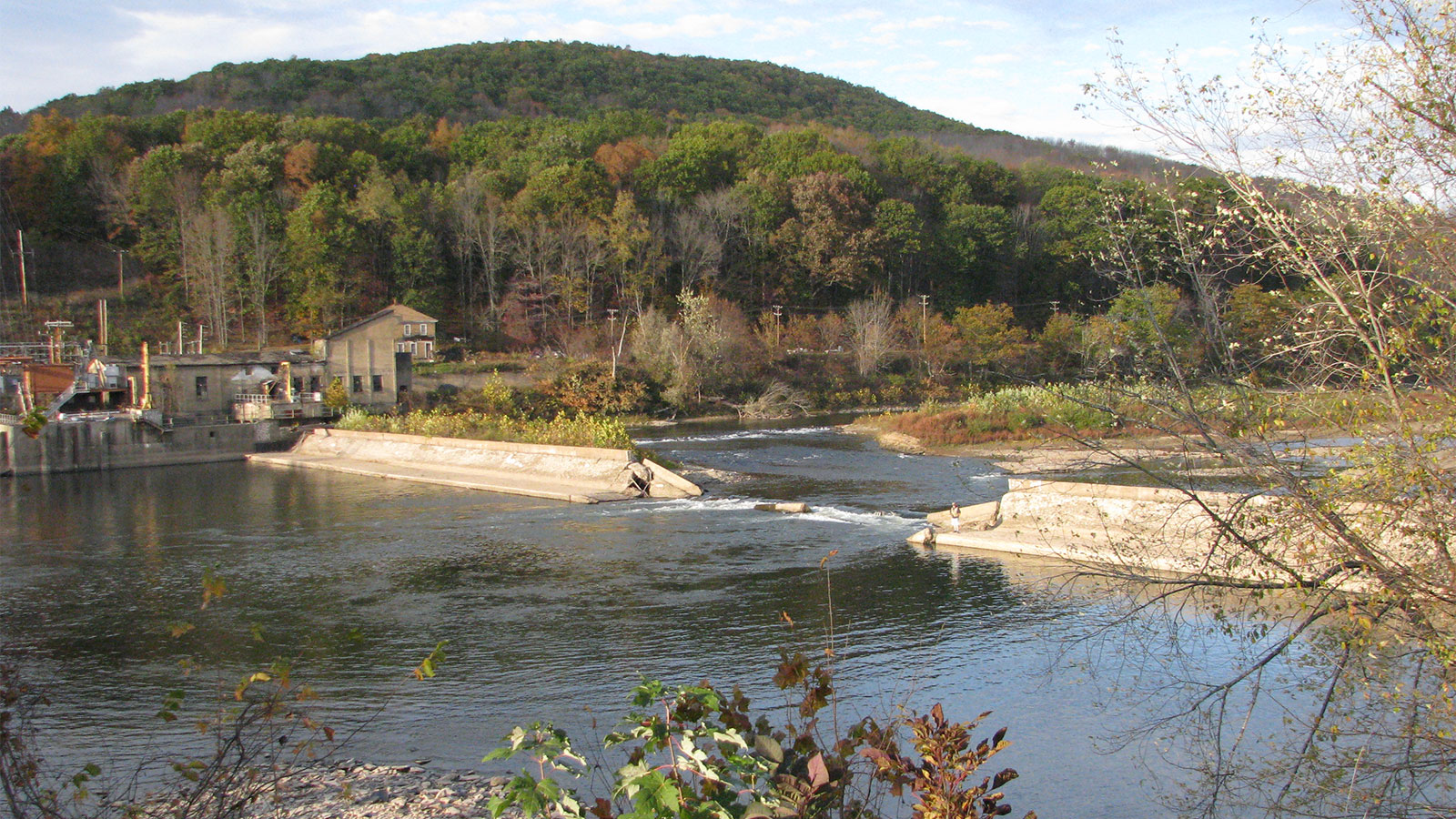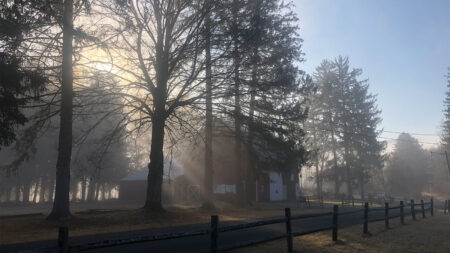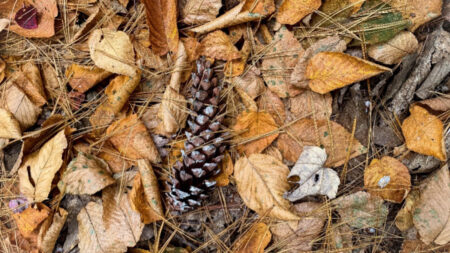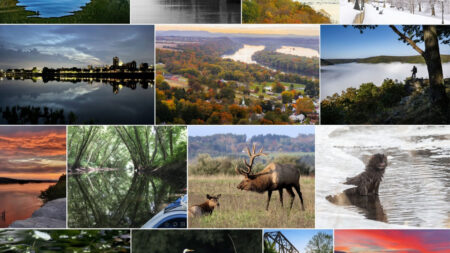DiscoverNEPA is partnering with American Rivers, a national leader in protecting and restoring rivers throughout the United States. In this space, they’ll offer insight and tips on keeping our rivers clean and healthy as well as updates on the organization’s local efforts and initiatives taking place right here in Northeastern Pennsylvania.
Goodbye Dams, Hello Fish
Trout, bluegill, smallmouth bass, muskie, and more trout. Northeastern PA has some of the best sportfishing on the Eastern Seaboard. Cast a line into one of our streams, and chances are good you’ll hook in.
But here’s the thing: Fishing in NEPA is getting even better.
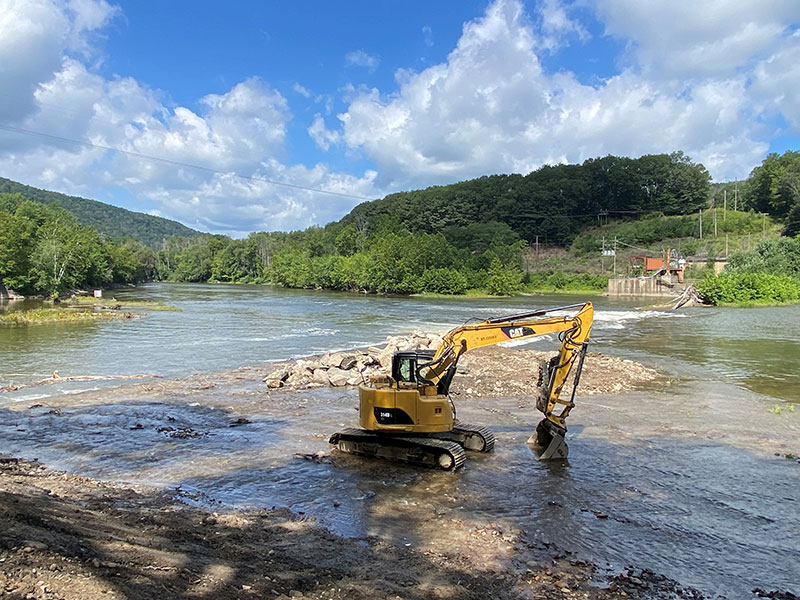
Last September, big yellow machines rolled into the Susquehanna and deconstructed the 755-foot-long concrete and steel Oakland Dam.
It was the largest dam ever removed in Pennsylvania, capping more than 20 years of collaboration between American Rivers’ Mid-Atlantic team, state governmental agencies, and local partners. The boroughs of Oakland and Susquehanna were important partners in getting the project over the finish line. Now sportfish and other native aquatic species like mussels — which are essential to keeping water clean in the Susquehanna — can access 250 miles of free-flowing aquatic habitat. And fish that swim upstream can reproduce. It won’t take long before this section of the river is on its way to recovery.
If you had visited the Susquehanna River 100 years ago, you would have seen rivers roiling with native fish. Atlantic salmon, shad, and American eel used to migrate up this mighty river from the Chesapeake Bay by the millions. That was before dams were built throughout the watershed that blocked migratory fish from their upstream habitat and spawning grounds. As a result, many of those legendary fish runs have dwindled — and, in some cases, are teetering on the brink of extinction.
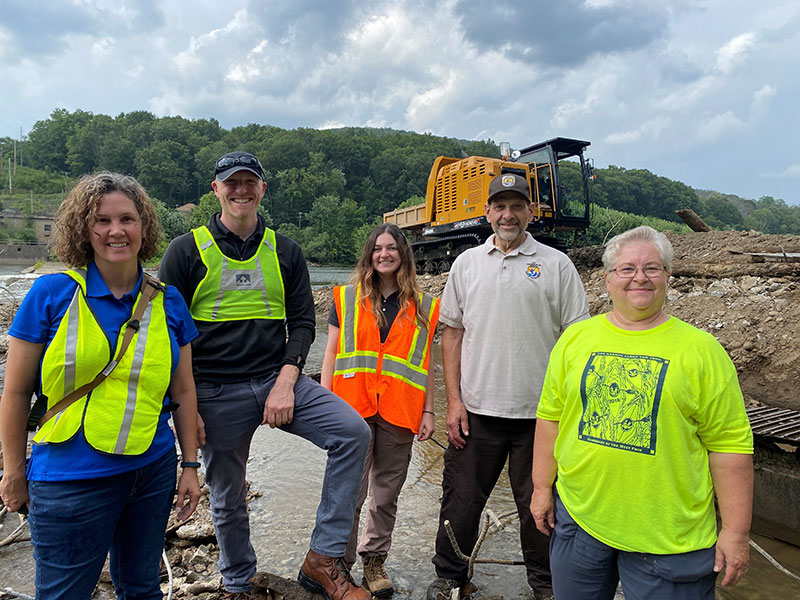
In addition to blocking the lifecycle of migrating fish, dams harm rivers in many ways.
They impact water quality and can pose serious safety hazards to swimmers. The reservoirs behind dams are also a source of methane emissions, a greenhouse gas 80 times more potent than carbon dioxide. As they age, dams can be liabilities that put communities in harm’s way of catastrophic flooding.
Removing dilapidated dams is the fastest way to bring a river back to life. Almost immediately, migratory fish start to return, rushing water becomes cleaner, and the entire ecosystem is revitalized. Removing a dam also benefits nearby communities — because aging structures like the Oakland Dam can be extremely dangerous.
The earliest dam at the Oakland site on the Susquehanna was built in the late 1850s. That was replaced at least once with a concrete structure built in the late 1920s to provide electricity to Barnes Kasson Hospital and a major railroad hub in what is now Ira Reynolds Riverfront Park. Oakland Dam stopped producing hydropower in the 2000s, and soon after, the dam started to crumble, with a 100-foot gouge opening up right in the middle. Steel rebar poked out just below the water’s surface that could tear a gash through a kayak or boat hull in seconds.
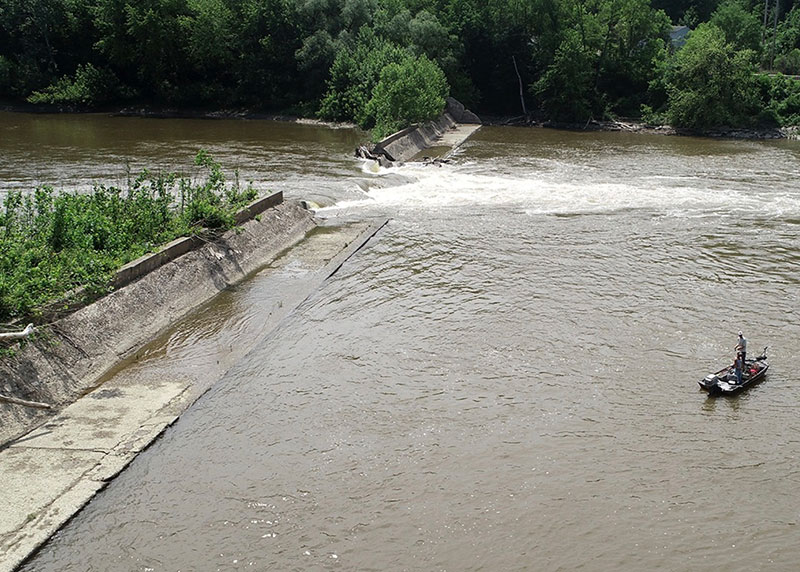
Now the partially breached dam has been removed entirely and the river is safer for boaters, swimmers, and anglers.
There are plans to expand the riverfront park to add camping, which will improve public access and help bolster the area’s economy. In fact, every $1 million invested in restoring watersheds generates 16 jobs and up to $2.5 million in economic benefit.
Nationwide, the idea of removing old, unused dams has caught on: 80 outdated, unsafe, and uneconomical dams were removed from rivers in 25 states in 2023, according to American Rivers’ annual dam removal report. Of the 2,119 dams removed from U.S. rivers since 1912, Pennsylvania has removed more dams than any other state — 390 dams have been bulldozed here.
American Rivers, which has removed more dams than any other single organization in the country, has seen the positive results time and time again: Once the dams come down, communities enjoy the benefits of healthier rivers, including cleaner water, more abundant wildlife, and improved public safety. We are joining with the Commonwealth of Pennsylvania and partners along the river on a collaborative, long-term vision for the Susquehanna. Take the West Branch Susquehanna headwaters, for example. These tributaries were once devoid of aquatic life due to acid mine drainage from coal mining that fueled the Industrial Revolution. Water quality has improved dramatically thanks to local watershed associations, Trout Unlimited, and conservation districts’ investment in cleaning up acid-mine discharge. American Rivers is now leading efforts to reconnect these healthy waterways for wild brook trout and species such as the Eastern Hellbender. By removing three dams and the newly discovered remains of a fourth failed dam from West Branch Susquehanna tributaries between 2018 and 2023, we successfully reconnected 63 miles of aquatic habitat for trout and other coldwater species. We are also advocating to return more native species, such as American eel and eastern elliptio mussels, to this portion of their historic range.
But we have much more work to do to remove the thousands of obsolete dams that are harming rivers and holding communities back from their full potential.
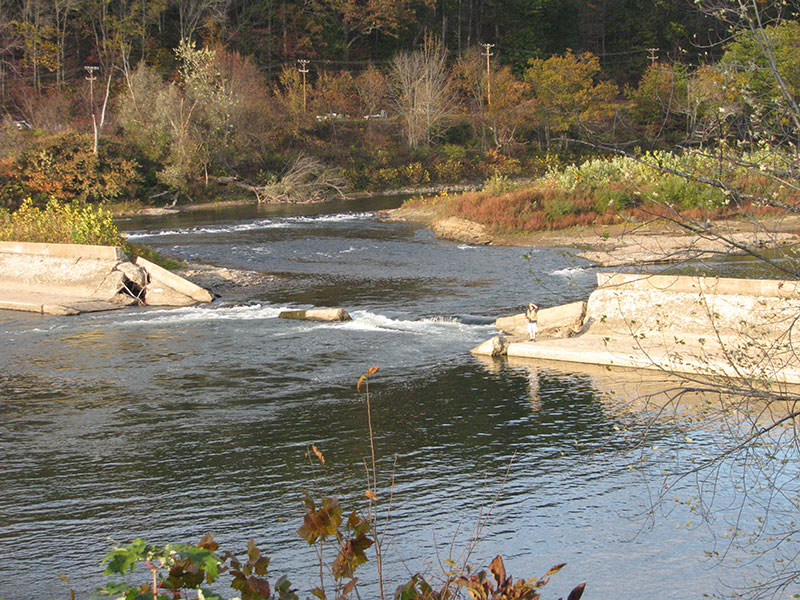
More than 90,000 dams still clog our waterways.
Hundreds of dams block rivers in the Upper Susquehanna River basin alone. American Rivers estimates that half are not serving a useful purpose or are deteriorating. We need to start removing more dams more quickly.
That is why we are building a movement to remove 30,000 dams by 2050, in partnership with communities, Tribal Nations, and state and federal agencies, to ensure that rivers can continue to sustain life.
Removing Oakland Dam is a great example of the kind of collaborative action to improve public safety and river health that we need to see in more communities nationwide. American Rivers is also working on other parts of the Susquehanna to reconnect sections of the river and give migratory fish a fighting chance at recovery. We are thrilled to be part of the revival and healing of this vital Northeastern Pennsylvania waterway.
Featured image (top) courtesy of American Rivers.

